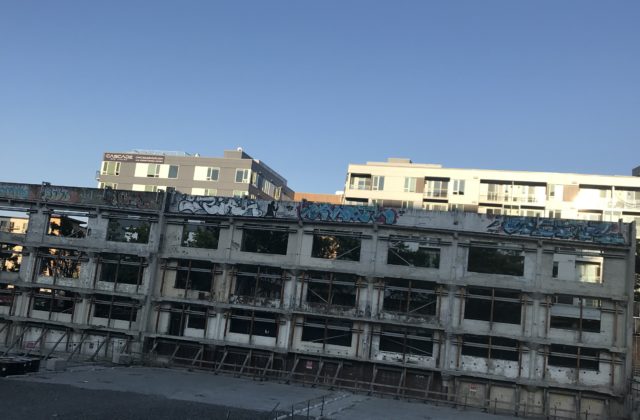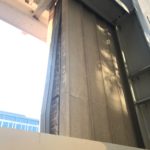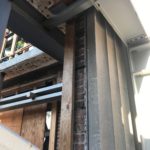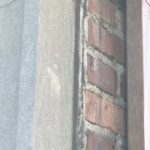“Nothing but a Facade!” Historic Preservation or Waste of Money?
I have more questions than answers about the Onni project now underway where the old Seattle Times building used to be. But what I know so far, and what I’ve seen, is that an extraordinary effort is underway to preserve two corners of the facade of the old building. Taking a closer look at the work going on at the corner of Westlake and Denny. Way back in college I remember we ordered a pizza to be delivered. After waiting for an hour a friend exclaimed, “This is nothing but a facade! I don’t think the pizza is coming.” He was right. When we called the pizza delivery number we found there was no pizza order. I was gripped by the same sense of futility when I saw what’s going on at Denny and Westlake (see featured image above).
What’s going on at the site is a lot of work to build new apartments and office. Although I’m still tracking down exactly what is being built there and more details I do know that the Seattle City Council designated the facade of the building as historic. And what is the facade?
Again, I’m still researching what’s going on here, but what we’re talking about is certainly millions of dollars being spent to protect what looks like sandstone panels with regular old red bricks behind it. From a dumb guy’s perspective, on the street, it’s pretty clear that those girders and the weight are there to hold that wall in place while shoring operations are going on down below. Again, I’m just going based on what I see, but I would guess that all the labor and engineering and materials to stabilize those old walls isn’t cheap.
And shoring? I’ve always been fasciated by it. There is a really great tutorial at DCI Engineers, a Seattle based engineering firm, that lays out the basics of shoring.
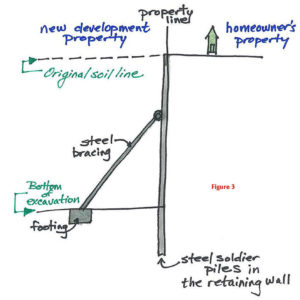
Now imagine adding the complexity of holding all that weight up while adding weight on the top of the mass being shored up. And for what? For some sandstone panels and bricks. Even if this whole operation added $25 a month to rents or $100 to monthly commercial rents is it worth it? A lot has been written about what has been termed, “facadism,” the practice of preserving the outer shell of a building and nothing else. Most of this is legal principle; there comes a point when ordering preservation of a structure amounts to seizing it, legally unsupportable. The other option for preservationists is to buy up everything in site. That’s expensive too.
When I have time, I’m going to dig more into this project with the idea of pointing out the extravagance and waste of this kind of “preservation.” It’s pointless. If you love the facade so much, disassemble it and sell it off so people can have a “piece of history.” Or buy the damn building and then you can keep it how you want it.
This is Lincoln Cathedral.

Here’s a paragraph from ol’ Wikipedia about the cathedral.
It was the tallest building in the world for 238 years (1311–1548), and the first building to hold that title after the Great Pyramid of Giza.[2][3][4] The central spire collapsed in 1548 and was not rebuilt. For hundreds of years the cathedral held one of the four remaining copies of the original Magna Carta, now securely displayed in Lincoln Castle. The cathedral is the fourth largest in the UK (in floor area) at around 5,000 square metres (54,000 sq ft), after Liverpool, St Paul’s and York Minster.[5] It is highly regarded by architectural scholars; the Victorian writer John Ruskin declared: “I have always held … that the cathedral of Lincoln is out and out the most precious piece of architecture in the British Isles and roughly speaking worth any two other cathedrals we have.”
Would I lie down in front of the bulldozers if someone wanted to build housing at Lincoln on that site. Yes. Yes, in a heartbeat. When you look at the walls of the structure you can see almost a thousand years of history. The Showbox? The Seattle Times Building? I’ll drive the bulldozer myself. Just give me the keys and a hardhat. The decision is easy. We simply can’t keep “preserving” things simply in order to complicate, and slow down things that we don’t want. It makes housing more expensive, eats up working people’s pay checks, and is abusive of real preservation efforts.
